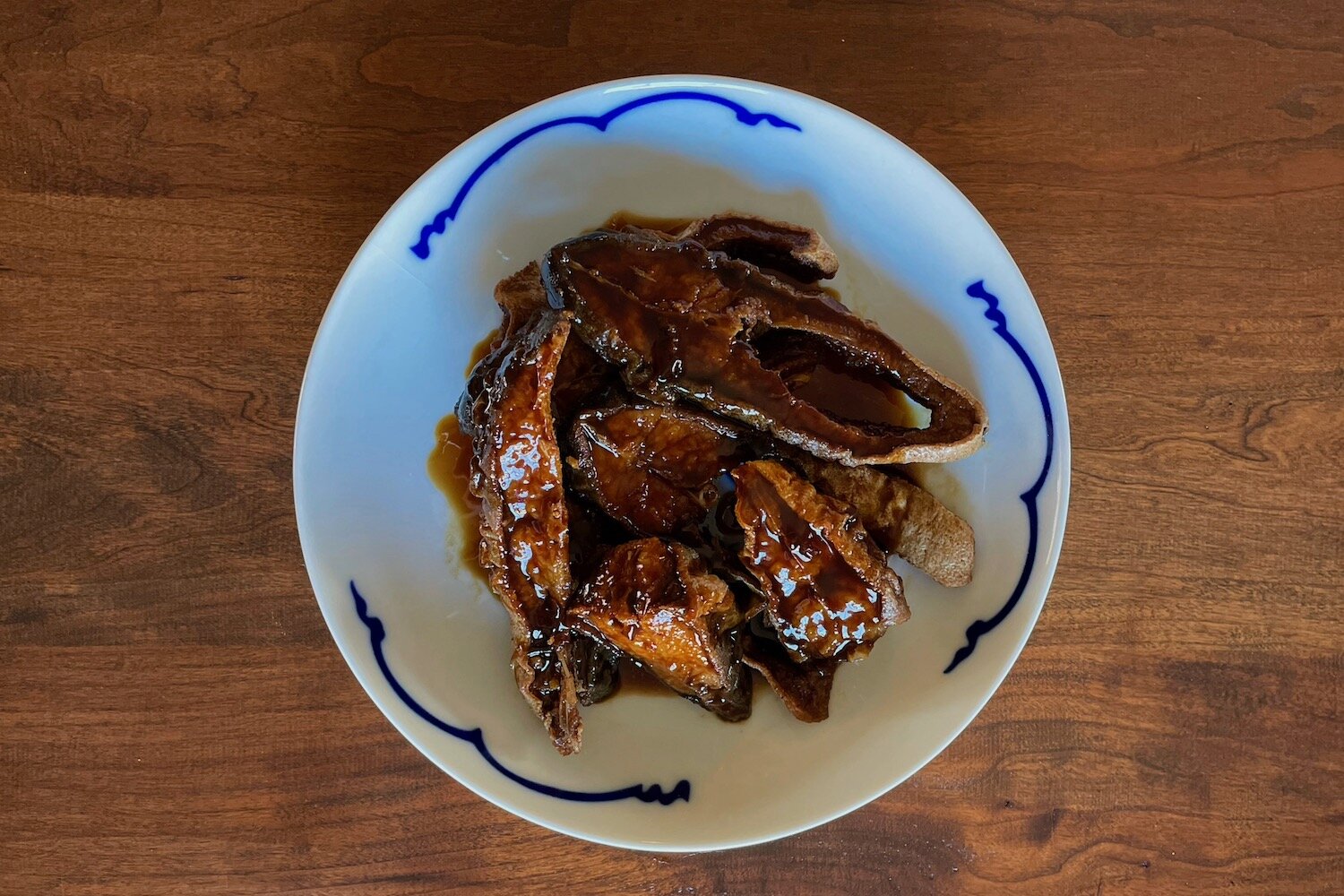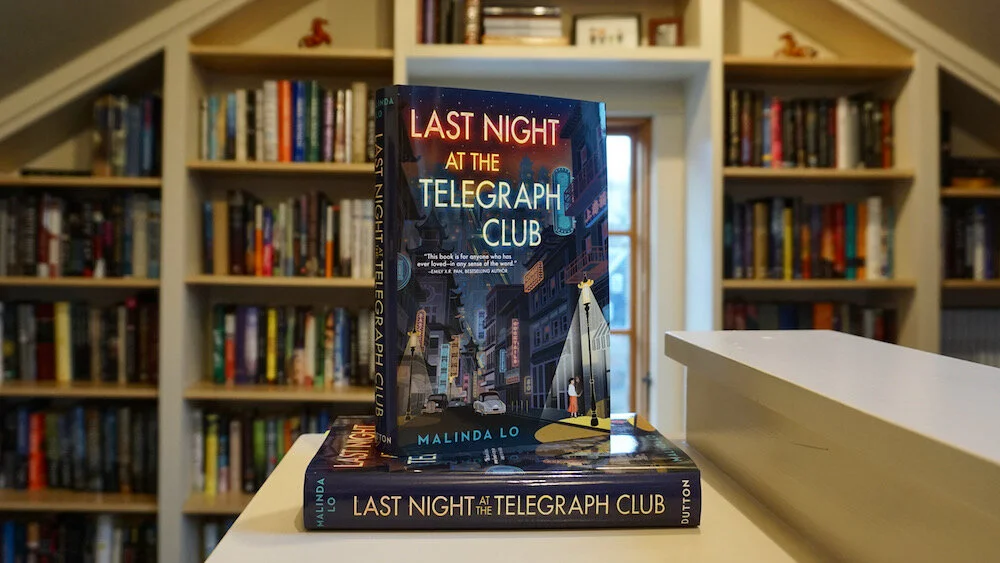A major part of the background research for Last Night at the Telegraph Club involved learning how Lily’s Chinese American identity would have been experienced by her and how it would have been perceived by others—not only her family and community, but by whites and other non-Chinese.
Read MoreIn the following maps, I've marked significant locations in Last Night at the Telegraph Club with numbers, and below the maps you'll see additional information about each site. If you're in San Francisco now or sometime in the future, you can visit most of these locations, or see where my fictional landmarks are set.
Read MoreLast Night at the Telegraph Club opens on July 4, 1950, at the Chinese American Citizens Alliance Independence Day Picnic, which featured a Miss Chinatown beauty pageant. The scene in the novel was inspired by the real-life beauty pageant that took place on that date in Los Altos, a suburban community south of San Francisco.
Read MoreThere’s a thing going around twitter where New York Times bestselling authors talk about how their success was not overnight. It’s true, success is not overnight! But here’s a variation for you.
Read MoreI’ve always believed that food is an integral part of world-building. It’s the fifth of my “Five Foundations of World-Building,” and I also included it in my post on world-building in realistic fiction. Food can be a useful shorthand for culture, and it can also be layered over the course of an entire novel to tell a more complicated story about power and identity.
Read MoreDiving into the ideas and inspirations behind my latest novel.
Read More




